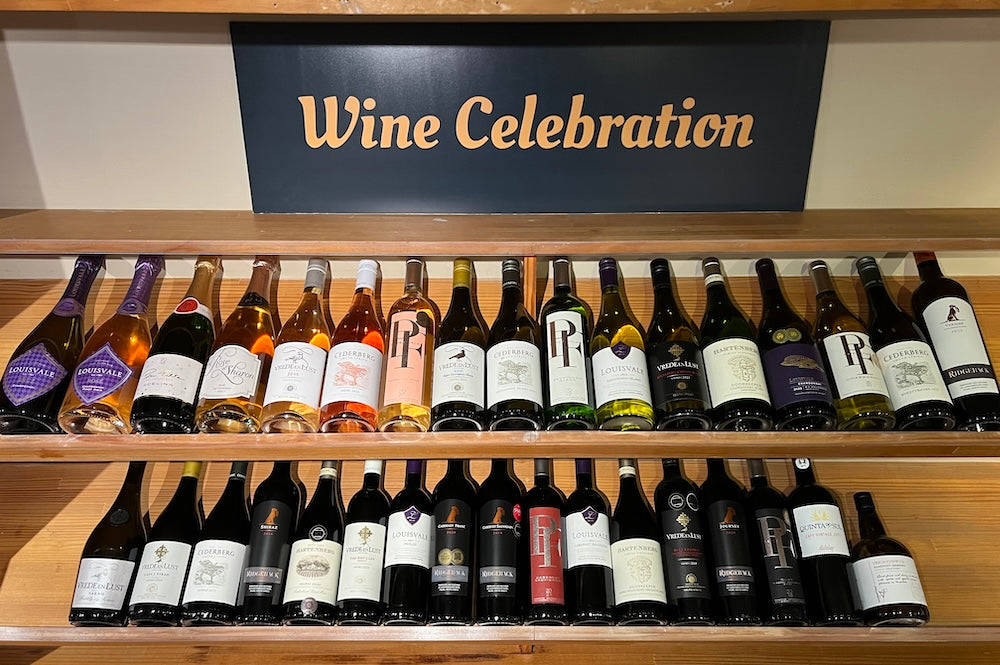What I like about winter is that I find the whole of the wine spectrum is opened up. Those warm summer days have me invariably reaching for cold whites but less so my hearty reds; but even in the depths of our winter there are warmer days when a lovely white is great for the afternoon, while the nights suit that rich red.
So what this means is that winter is the perfect time to find more wines that you like! Call these the study months… And in the spirit of this university of wine, here are some of my guidelines when it comes to learning more.
First off, the open mind. Forget about all the experts, your fancy friends, the formal tasting notes and using the right glasses. The first and only “rule” is to taste to see if you like the wine. But also remember that tastes change. It can change as you change, but our environment, the people and the place we are, can affect how we perceive flavour. So, find a relaxed spot, some good music and some friends to bounce your experience off.
But – make sure you are paying attention. Sure, give the glass a swirl to aerate the wine and then take a sniff, simply because our sense of taste is completely linked to smell. Then mainly think about what you smell and taste.
There are only three sub-components to consider. But by far the main consideration is – do you like the wine? If yes, think about why and if not, think about it even more. This helps you build a taste “map” that helps you sort all the wines you are going to taste this winter, and before long you will find that patterns emerge.
So, the chief three components of the map are: sweet/fresh; smooth/grippy; fruity/savoury.
“Sweet” can be literal, as in “soetes” but many wines also have fruit sweetness as the leading characteristic – many chenin blancs are a good example of this. “Freshness” comes from the acidity in the wine and some varieties, like sauvignon blanc, are generally fresher.
These two elements, like all of these, are on a spectrum, as all wines have fruit (duh) and all wines have some degree of acidity. You may like it very balanced, or like it when fruit leads. Never mind about describing whether it is “winter melon” or “dried satsuma” that you are tasting, that’s for wine bottle back-label writers.
Smooth vs grippy is all about the level of tannin in the wine. Tannin either from the grape skins and stems and/or from the oak barrels that wine is aged and sometimes also fermented in. You may like very soft wines without grip, but you may also find that, with food, the tannin helps the wine become a better companion. Generally, I like easing in with smoother wines and moving into more tannic ones later. So there’s a place for both.
Fruity wines are all about the bounty of aroma and fruit flavours, while savoury wines are quieter,

